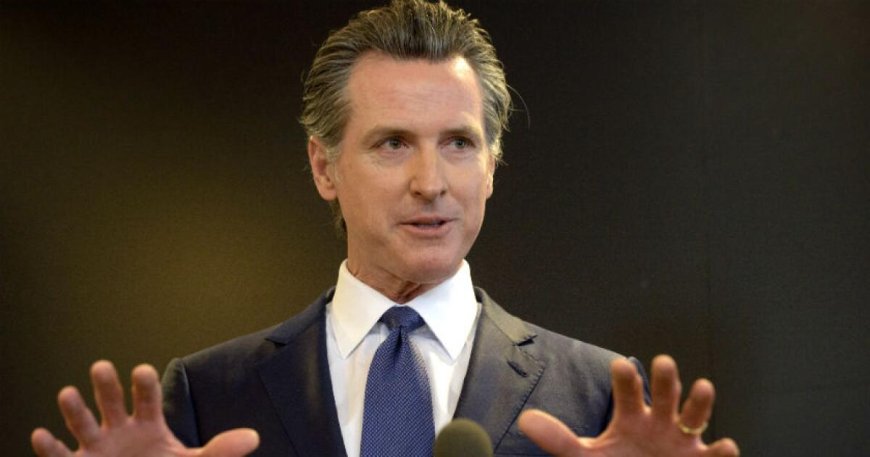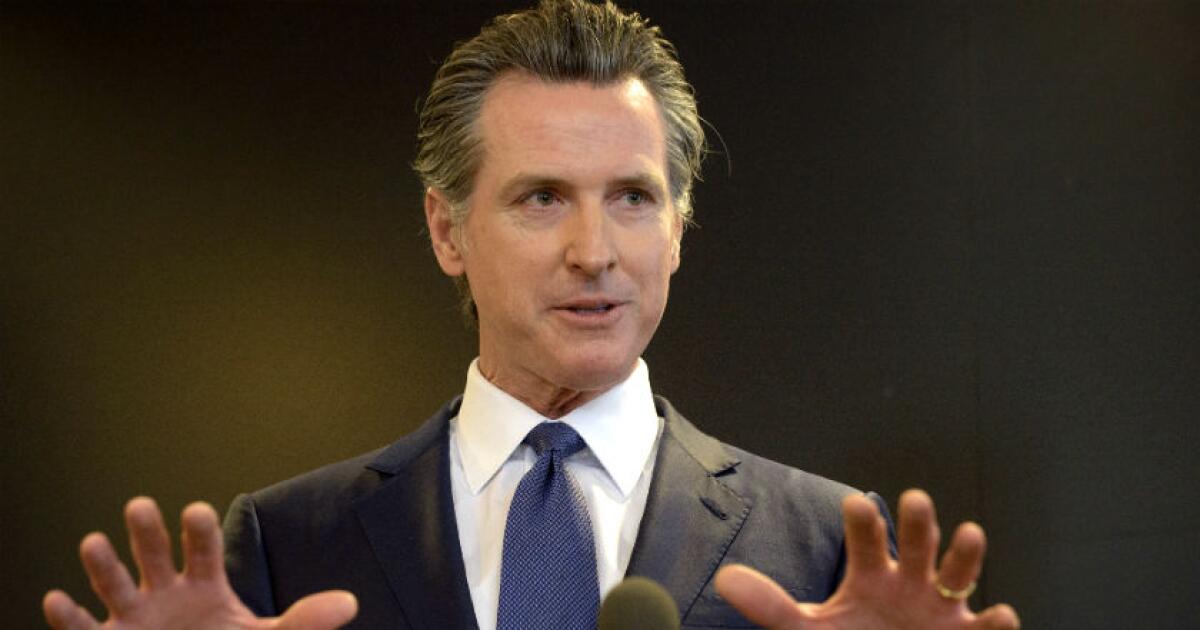Newsom signs bill to curb spread of child sexual abuse material on social media
Newsom signs bill to curb spread of child sexual abuse material on ... Los Angeles Times

California Governor Signs Law Holding Social Media Platforms Liable for Child Sexual Abuse Materials

California Governor Gavin Newsom signed Assembly Bill 1394 into law on Sunday, which holds social media platforms such as Instagram and TikTok, owned by Facebook, liable for their failure to combat the spread of child sexual abuse materials. This law aligns with the Sustainable Development Goals (SDGs) by addressing the need to protect children from exploitation and ensuring their safety.
Key Provisions of Assembly Bill 1394
- Social media platforms will be prohibited from knowingly facilitating, aiding, or abetting commercial sexual exploitation starting in January 2025.
- Courts will be required to award damages ranging from $1 million to $4 million for each act of exploitation facilitated, aided, or abetted by the social media platform.
- Social media platforms can avoid lawsuits by conducting biannual audits to identify potentially harmful designs, algorithms, and features, and promptly addressing any issues.
- California users must be provided with a reporting mechanism for child sexual abuse material they are depicted in, and social media platforms must respond to the report within 36 hours.
- If social media platforms fail to meet certain requirements, such as permanently blocking the material from being viewed, they will also be held liable for damages.
This legislation emphasizes the importance of the SDGs by promoting responsible behavior and accountability among social media platforms in protecting children from exploitation.
Opposition and Potential Legal Challenges
Industry advocacy groups NetChoice and TechNet have expressed opposition to Assembly Bill 1394, arguing that it could have a “chilling effect” on free speech and result in the removal of lawful content or disabling of features popular among teenagers. While these groups have not announced plans to sue over the law, they have signaled to lawmakers that legal challenges may arise.
It is worth noting that California is already facing lawsuits related to laws targeting online platforms. X, formerly known as Twitter, filed a lawsuit against California over a law requiring social media companies to disclose their content moderation policies and provide a report to the California attorney general. Additionally, a federal judge temporarily blocked an online child safety bill after NetChoice, a group representing Facebook parent company Meta, Google, and TikTok, filed a lawsuit against California.
Despite potential legal challenges, California’s efforts to hold social media platforms accountable for combatting child sexual abuse materials align with the SDGs and demonstrate the state’s commitment to protecting children’s rights and ensuring their safety online.
SDGs, Targets, and Indicators
| SDGs | Targets | Indicators |
|---|---|---|
| SDG 16: Peace, Justice, and Strong Institutions | Target 16.2: End abuse, exploitation, trafficking, and all forms of violence against and torture of children | No specific indicators mentioned in the article |
| SDG 16: Peace, Justice, and Strong Institutions | Target 16.9: By 2030, provide legal identity for all, including birth registration | No specific indicators mentioned in the article |
| SDG 16: Peace, Justice, and Strong Institutions | Target 16.10: Ensure public access to information and protect fundamental freedoms, in accordance with national legislation and international agreements | No specific indicators mentioned in the article |
| SDG 17: Partnerships for the Goals | Target 17.17: Encourage and promote effective public, public-private, and civil society partnerships, building on the experience and resourcing strategies of partnerships | No specific indicators mentioned in the article |
1. Which SDGs are addressed or connected to the issues highlighted in the article?
The SDGs that are addressed or connected to the issues highlighted in the article are SDG 16: Peace, Justice, and Strong Institutions and SDG 17: Partnerships for the Goals.
2. What specific targets under those SDGs can be identified based on the article’s content?
Based on the article’s content, the specific targets that can be identified are:
– Target 16.2: End abuse, exploitation, trafficking, and all forms of violence against and torture of children.
– Target 16.9: By 2030, provide legal identity for all, including birth registration.
– Target 16.10: Ensure public access to information and protect fundamental freedoms, in accordance with national legislation and international agreements.
– Target 17.17: Encourage and promote effective public, public-private, and civil society partnerships, building on the experience and resourcing strategies of partnerships.
3. Are there any indicators mentioned or implied in the article that can be used to measure progress towards the identified targets?
No specific indicators are mentioned or implied in the article that can be used to measure progress towards the identified targets.
Behold! This splendid article springs forth from the wellspring of knowledge, shaped by a wondrous proprietary AI technology that delved into a vast ocean of data, illuminating the path towards the Sustainable Development Goals. Remember that all rights are reserved by SDG Investors LLC, empowering us to champion progress together.
Source: latimes.com

Join us, as fellow seekers of change, on a transformative journey at https://sdgtalks.ai/welcome, where you can become a member and actively contribute to shaping a brighter future.







